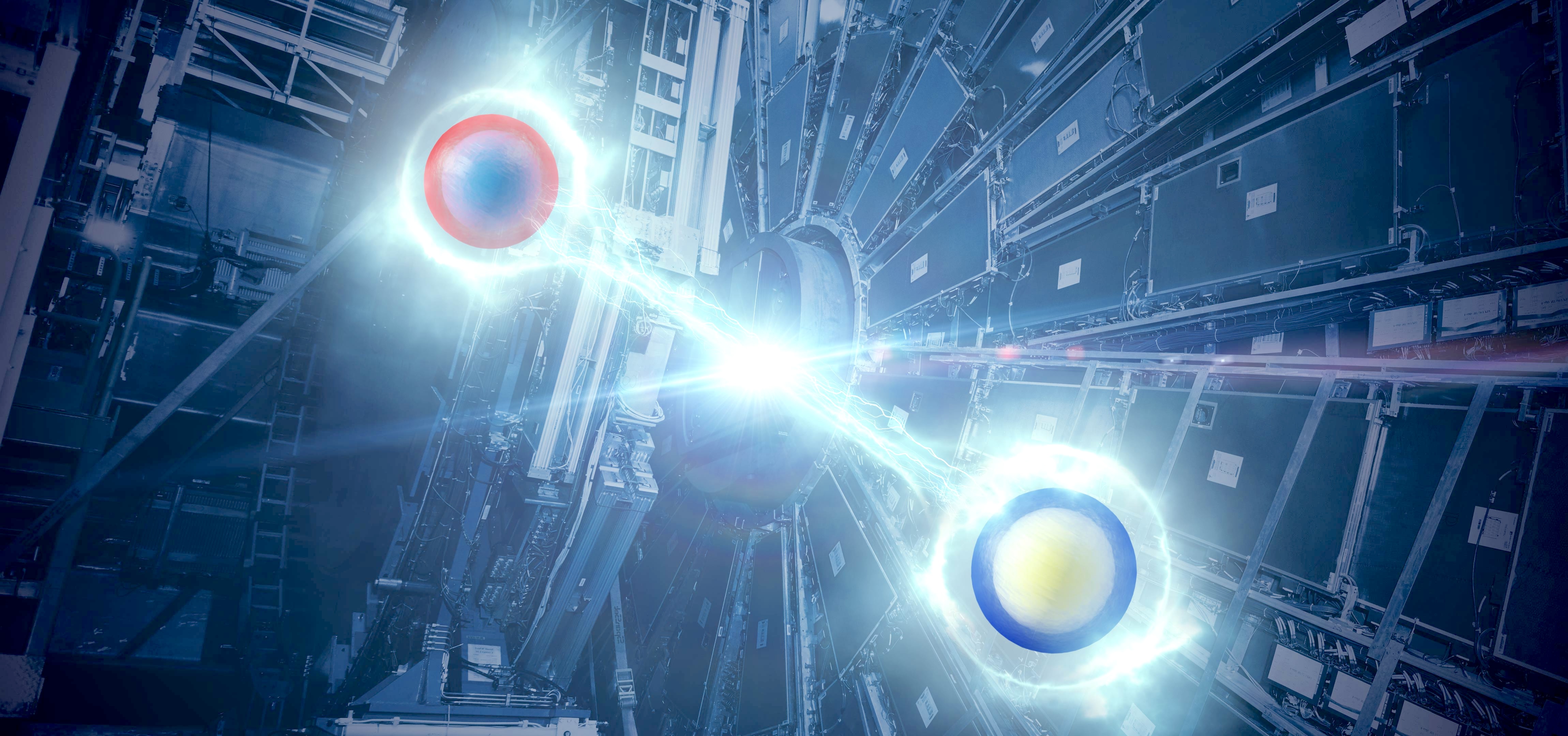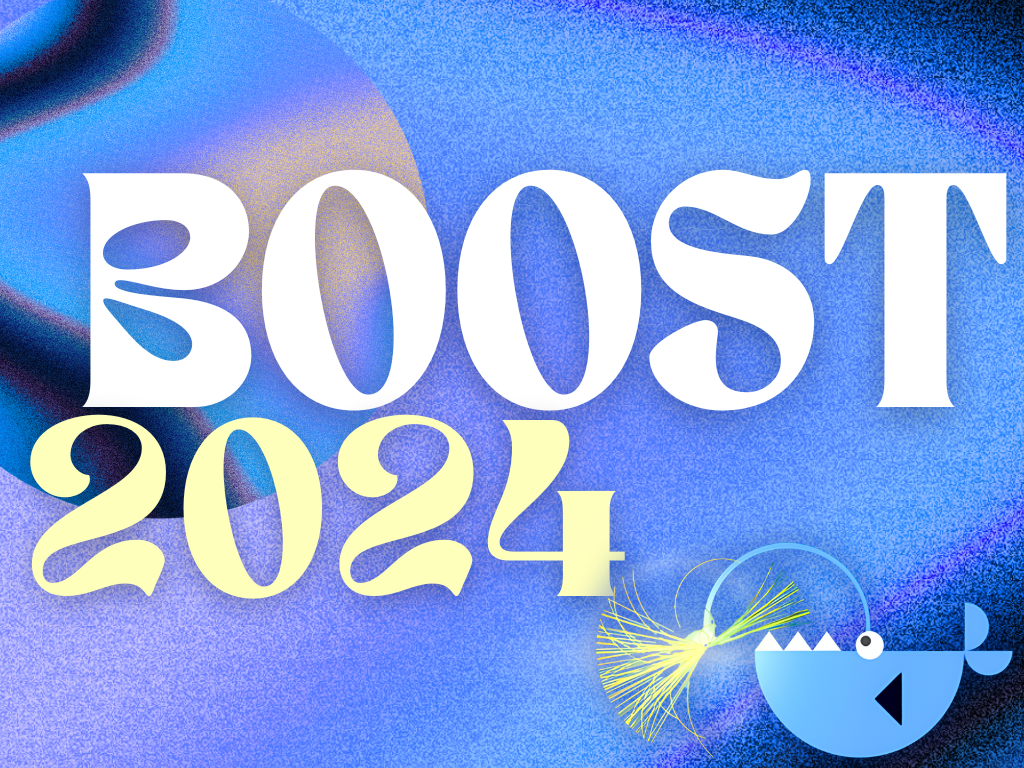Studying fragments of the top quark
5 October 2017 | By

Top quarks in LHC proton-proton collisions are predominantly produced in pairs, with one top quark and one top antiquark. In order to measure the production rates of top quark pairs, ATLAS examined events with an electron, muon, and one or two jets that were likely to have originated from bottom quarks. By comparing the number of events with one bottom-quark jet to those with two bottom-quark jets, ATLAS was able to determine both the total production rate as well as the efficiency of identifying bottom-flavoured jets.
This method was used to explore the kinematics of the electrons and muons originating from top quark decays. The result reaches an unprecedented level of precision, with total uncertainties ranging from 1% to 15%, providing new insights into the dynamics of top quark production and improving our knowledge of the distribution of gluons inside the proton. The result also allowed ATLAS to make a precise new determination of the top quark mass.
The top quark mass is a fundamental parameter of the Standard Model, which precisely predicts the relationship between the masses of the top quark, W and Higgs bosons. Any deviations from this pattern could hint at new particles or phenomena.
The top quark mass is a fundamental parameter of the Standard Model, which precisely predicts the relationship between the masses of the top quark, W and Higgs bosons. Any deviations from this pattern could hint at new particles or phenomena. The figure shows the values of the top quark mass (mt) determined from five of the measured production rates. One of the strengths of this measurement comes from its combination of all the kinematic distributions, giving a value of mt = 173.2 ± 1.6 GeV.
Measuring the mass of the top quark is extremely challenging. The top quark cannot be directly observed; it must be inferred indirectly through decayed particles. In addition, measurements of the top quark mass are always affected by an irreducible theoretical ambiguity, as top quarks are particles subjected to the strong interaction and cannot decay in isolation without interacting with other quarks and gluons produced in the event.
The use of electron and muon kinematics has helped to reduce these ambiguities, and the new ATLAS measurement of the top quark mass has a smaller theoretical ambiguity than other measurements that examine jets from bottom and lighter quarks. This new measurement is an important step forward in our understanding of the top quark.
Links:
- Measurement of lepton differential distributions and the top quark mass in tt¯ production in proton-proton collisions at 8 TeV with the ATLAS detector (arXiv: 1709.09407, figures)
- See also the full lists of ATLAS Conference Notes and ATLAS Physics Papers.



